Is it just me, or is Egypt—and everything Egyptian—having a moment in the world of interiors? This thought crossed my mind earlier this week when I opened my inbox to find not one but two emails celebrating Egyptian artistry. One was from Balineum introducing their second Egyptomania collection, which translates the vibrant canvas tapestries of French artist Louis Barthelemy onto hand-painted ceramic tiles—this time, inspired by the powerful women of Ancient Egypt.
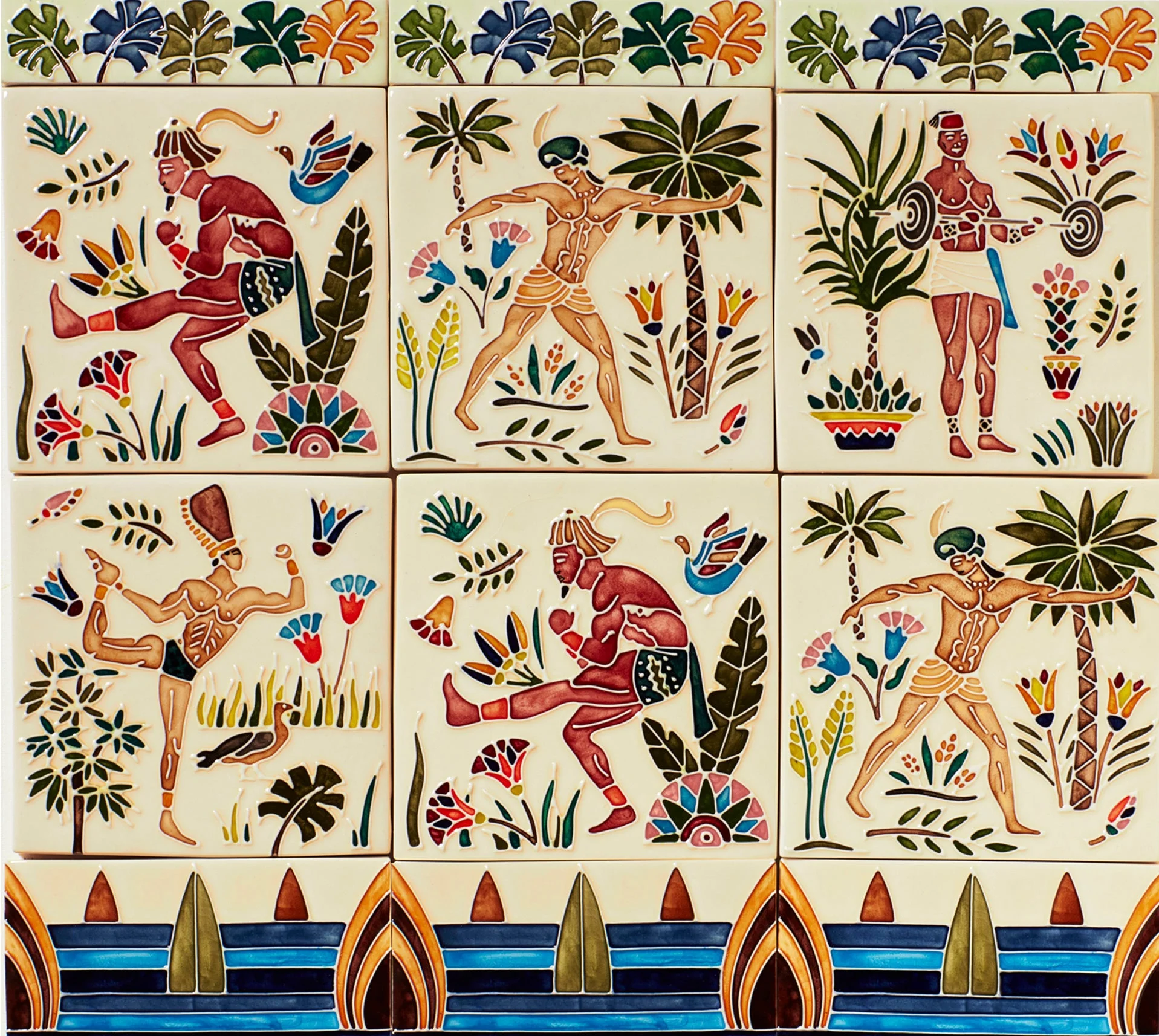
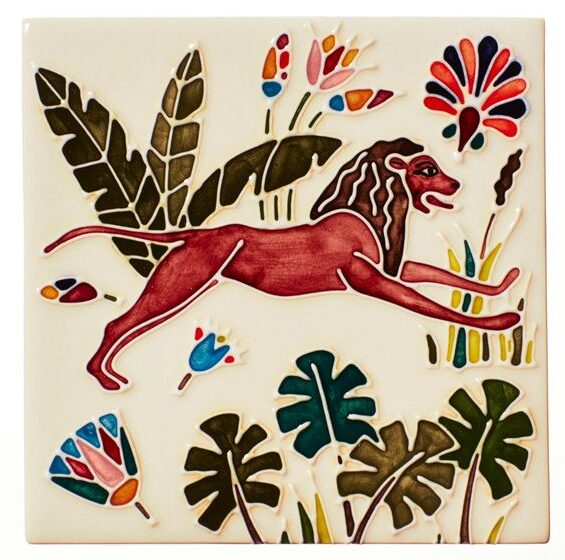


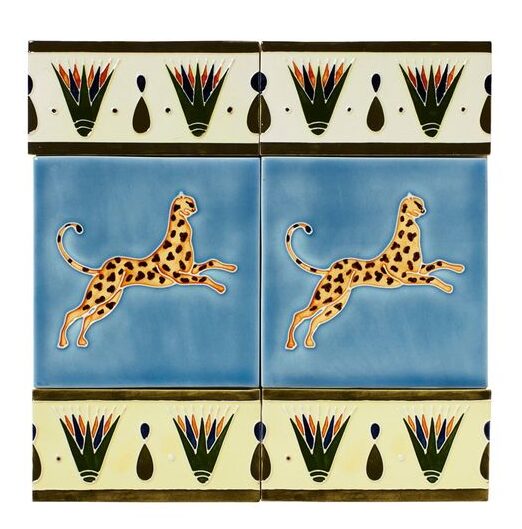
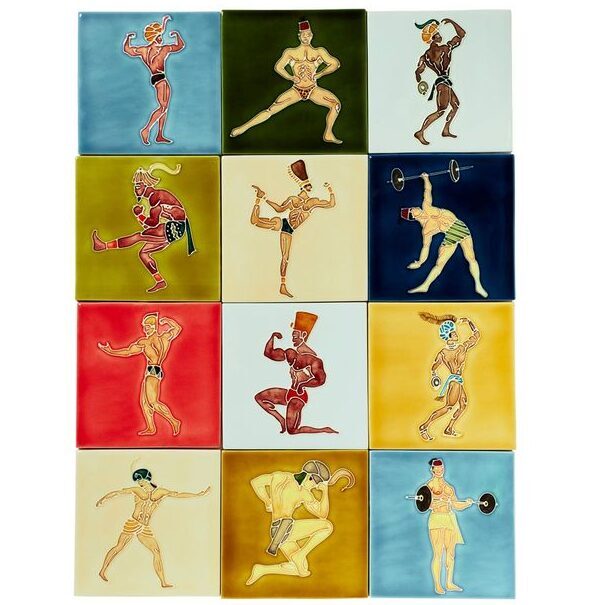
Egyptomania – Louis Barthelemy x Balineum
The other one was from Anūt Cairo, the latest venture of Goya Gallagher. After 20 years as co-founder of Malaika Linens, Anūt Cairo is her new adventure with Creative Director Cruz Maria Wyndham, delivering unique, one-of-a-kind designs handmade by artisans across Egypt that are meaningful, original and timeless. Inspired by Nūt, the ancient Egyptian Goddess of the Skies, this venture is a story of rediscovery, exploration and growth. ANŪT Cairo’s debut collection, A Nile Journey, brings the finest of Egyptian crafts from embroidered tablecloths to charming pottery and will be showcased alongside other favourite Egyptian brands.
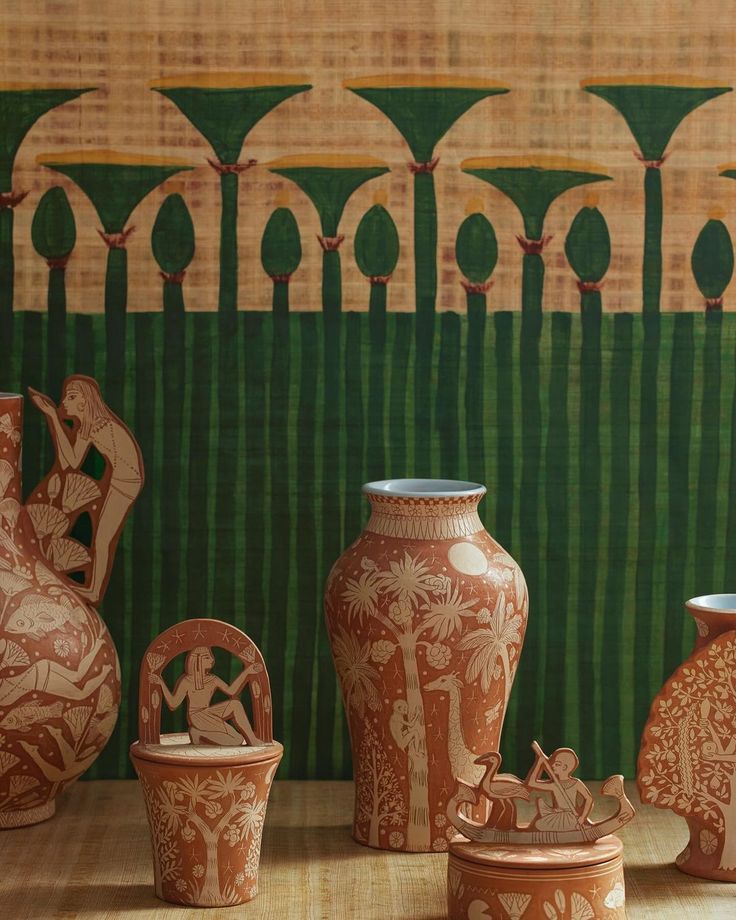
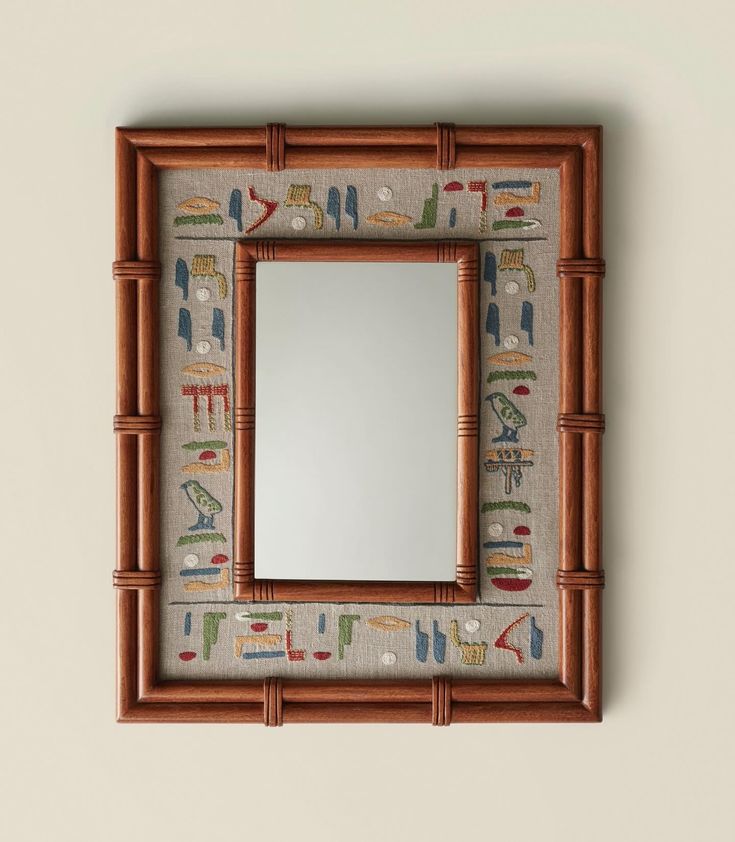
 Anūt Cairo
Anūt Cairo
Oh, and before I forget, Pentreath and Hall also popped up in my inbox with something rather unexpected yet fascinating (please read until the very end of the poster) I’m officially on the fence about whether mummification christmas is trending or not, but I’m absolutely here for it.

This fascination with all things Egyptian isn’t new, of course. It dates back to ancient Rome, when emperors adorned their cities with Egyptian obelisks and motifs. Later, Napoleon’s campaign in Egypt and the publication of the Description de l’Égypte in the early 19th century rekindled Europe’s obsession with Egyptian aesthetics. By the Victorian era, Egyptian influences were everywhere—from architecture to jewellery and textiles—driven by archaeological milestones like the decoding of the Rosetta Stone.
Fast forward to the 1920s, and Howard Carter’s discovery of Tutankhamun’s tomb sparked a global craze. Egyptian motifs even made their way into Art Deco, shaping everything from interiors to fashion. I remember my grandmother’s house in a remote Spanish village having a papyrus-like artwork with Egyptian figures—it seems no corner of the world was left untouched.
On a personal note, I’ve never visited Egypt, but I’ll never forget my very first university lecture: Egyptology. The professor—who could have stepped straight out of an ancient frieze herself—had the class utterly captivated. Her stories of pharaohs and pyramids transported us straight to the Nile.
Now, as Egypt continues to inspire today’s interior world, it feels like that same magic is alive and well. Whether through bold tiles, intricate crafts, or a simple nod to its rich history, Egypt remains a timeless muse.
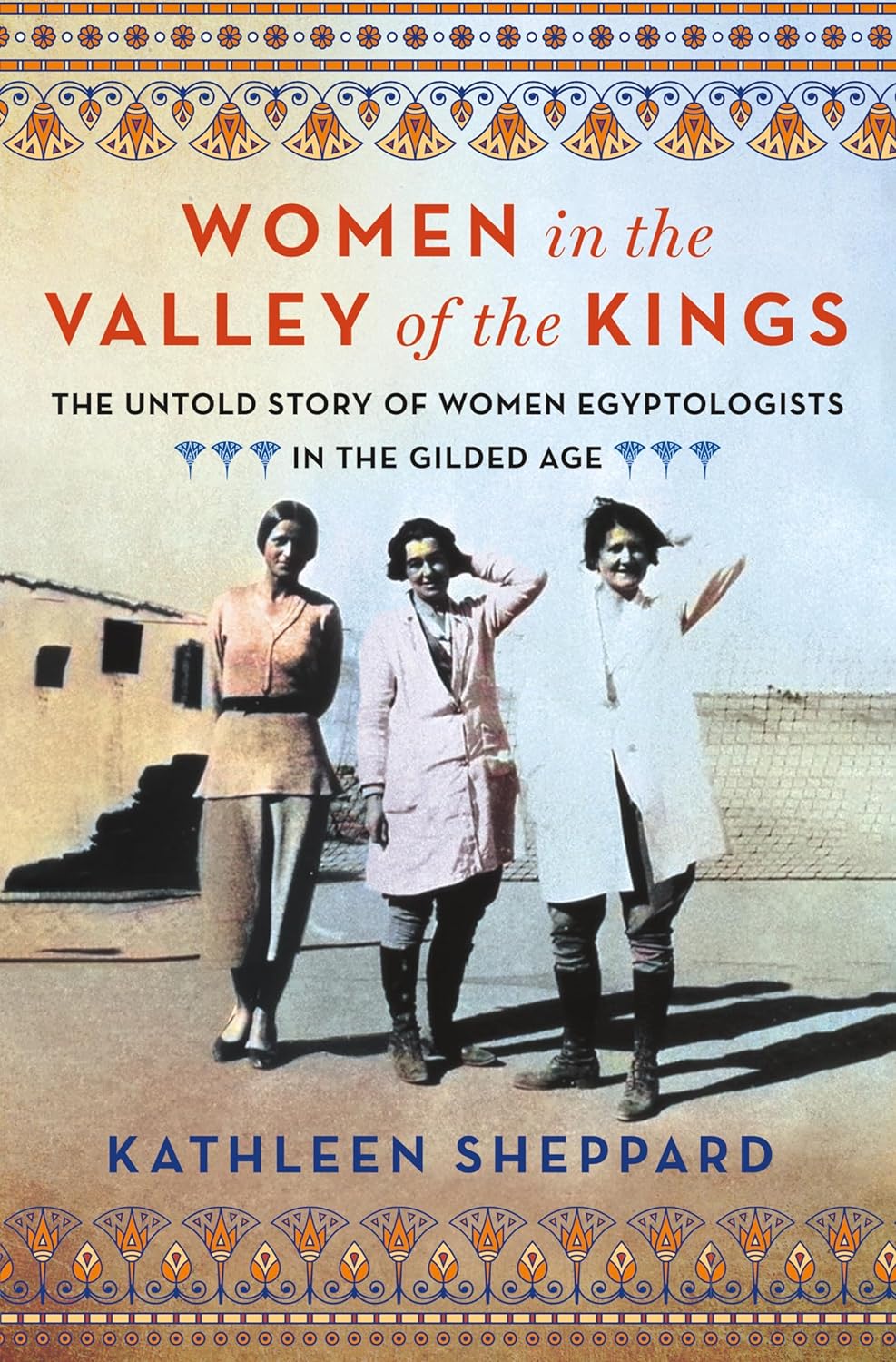 Women in the Valley of the Kings: The Untold Story of Women Egyptologists in the Gilded Age by Kathleen Sheppard
Women in the Valley of the Kings: The Untold Story of Women Egyptologists in the Gilded Age by Kathleen Sheppard
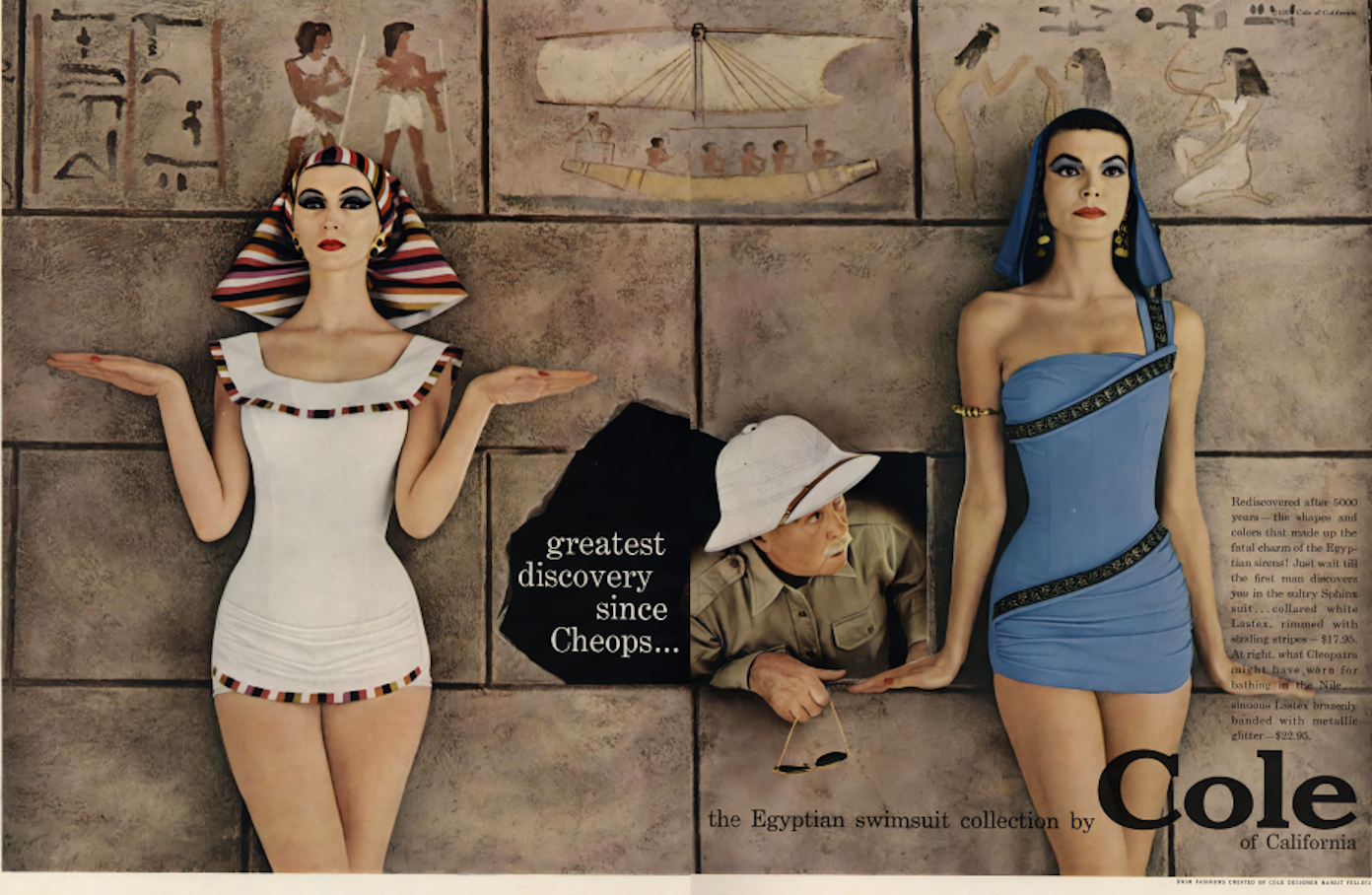 The Egyptian swimsuit collection by Cole of California 1956
The Egyptian swimsuit collection by Cole of California 1956
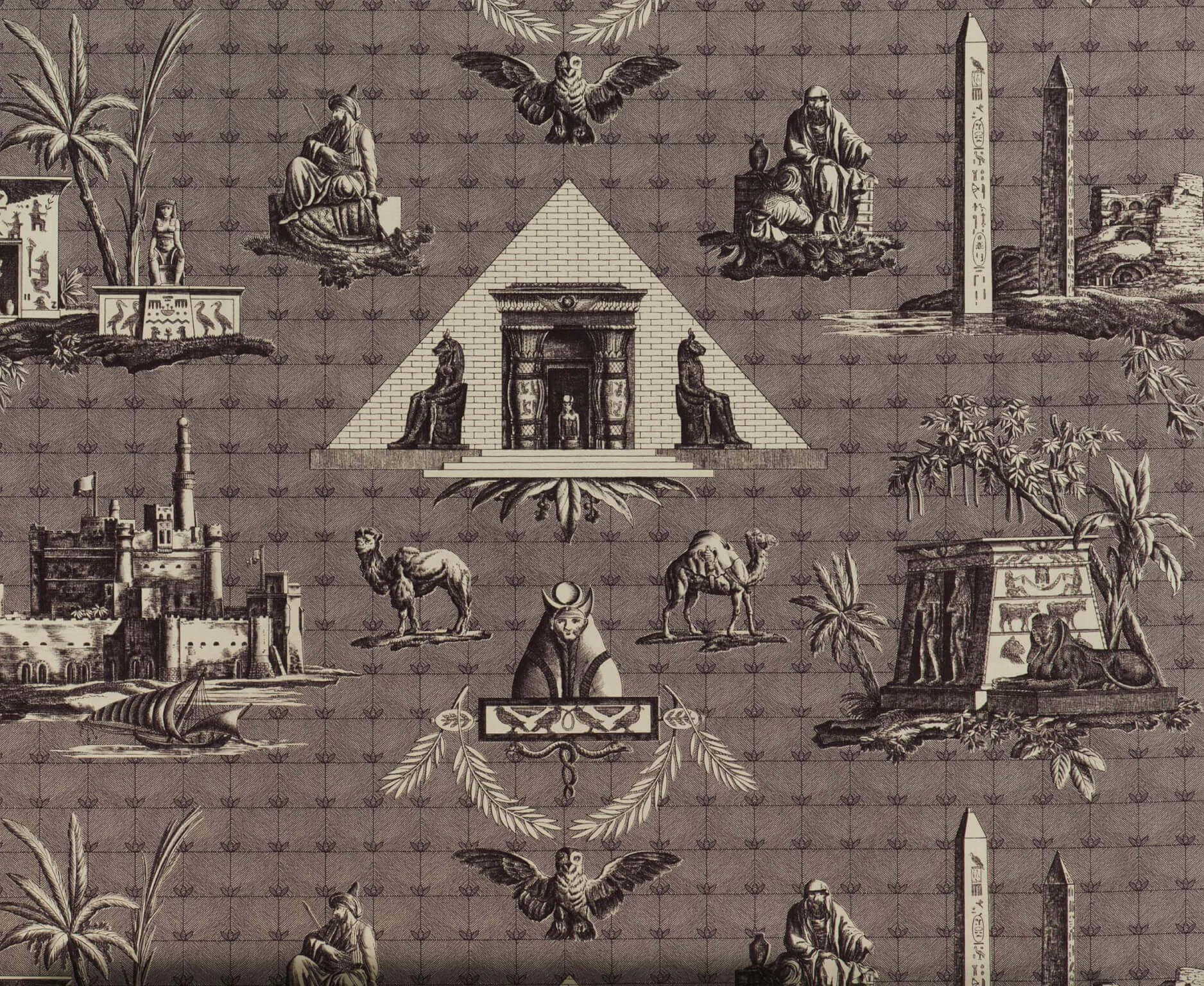 Braquenié ‘Monuments d’Egypte’ – a reproduction of the eponymous canvas, printed on a copper roll at the Oberkampf manufactory in Jouy-en-Josas around 1808. The designer was inspired by the works of the painter Louis-François Cassas.
Braquenié ‘Monuments d’Egypte’ – a reproduction of the eponymous canvas, printed on a copper roll at the Oberkampf manufactory in Jouy-en-Josas around 1808. The designer was inspired by the works of the painter Louis-François Cassas.
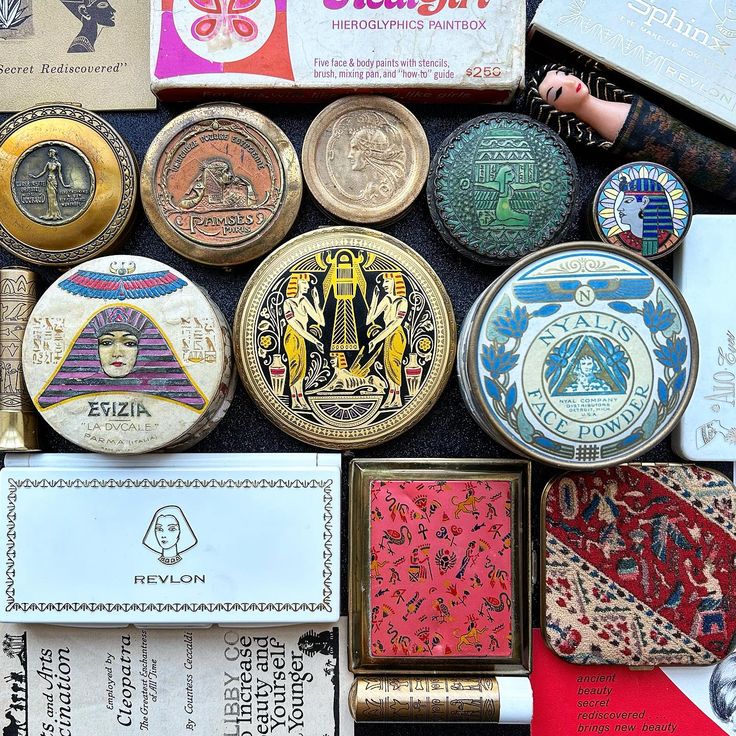 Egyptian-themed makeup via the Make Up Museum
Egyptian-themed makeup via the Make Up Museum
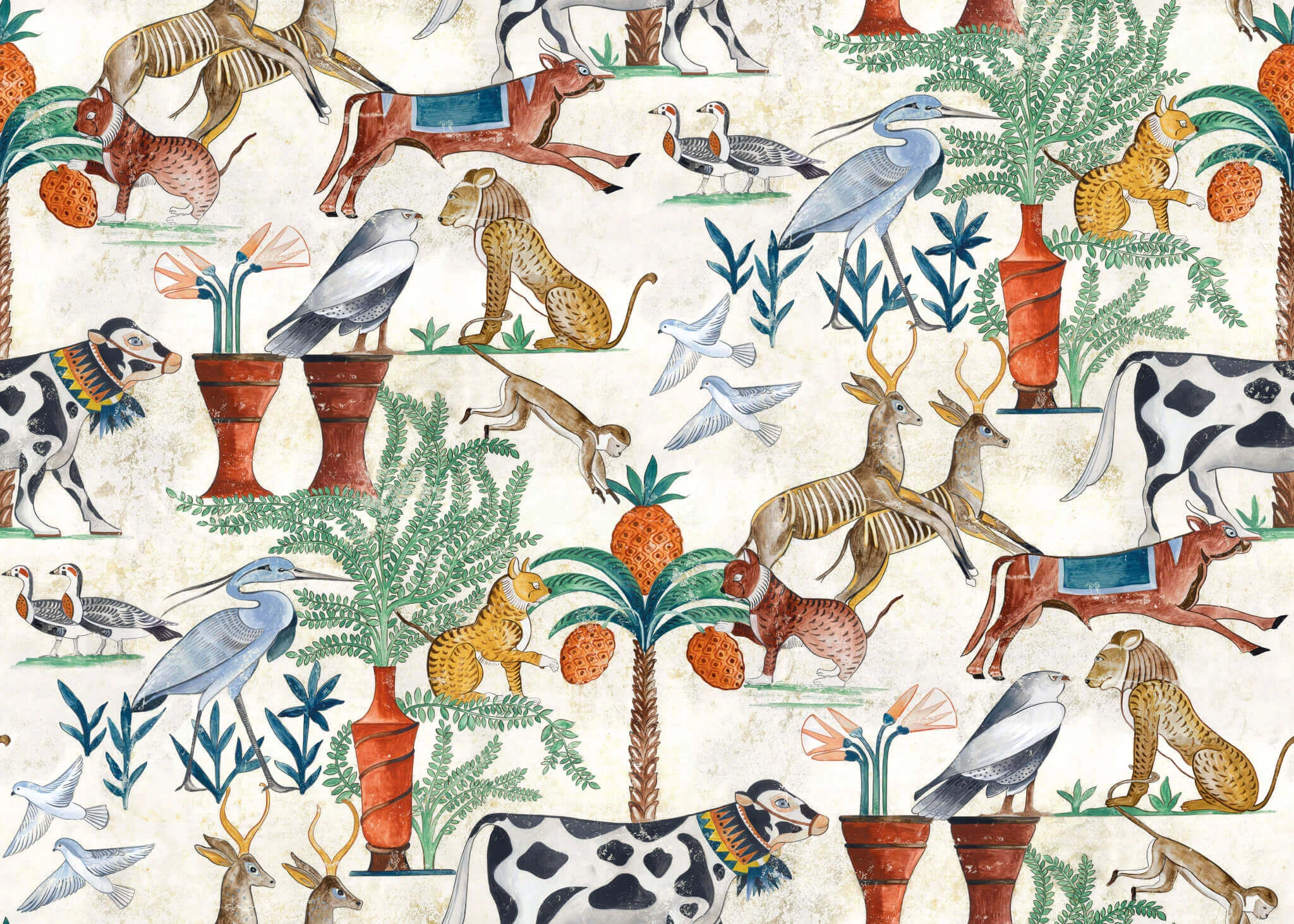 Pierre Frey Wallpapers ‘Sur le Nil’ Wallpaper
Pierre Frey Wallpapers ‘Sur le Nil’ Wallpaper
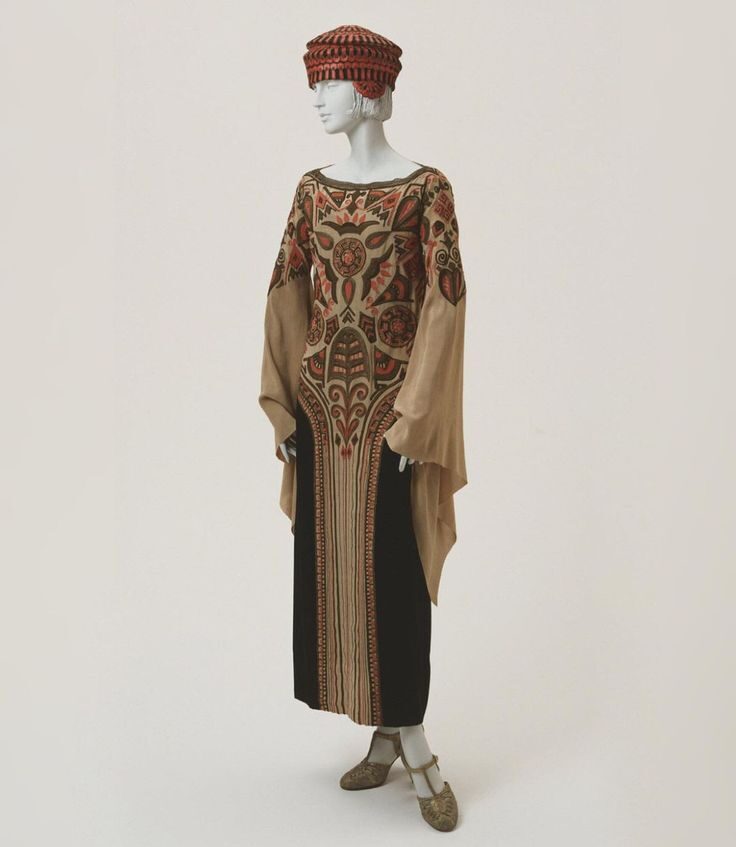 Dress and hat ensemble, 1923, Paul Poiret, Silk crepe de chine and velvet (dress), Silk satin and tulle with leather appliqué (hat), French. Philadelphia Museum of Art.
Dress and hat ensemble, 1923, Paul Poiret, Silk crepe de chine and velvet (dress), Silk satin and tulle with leather appliqué (hat), French. Philadelphia Museum of Art.
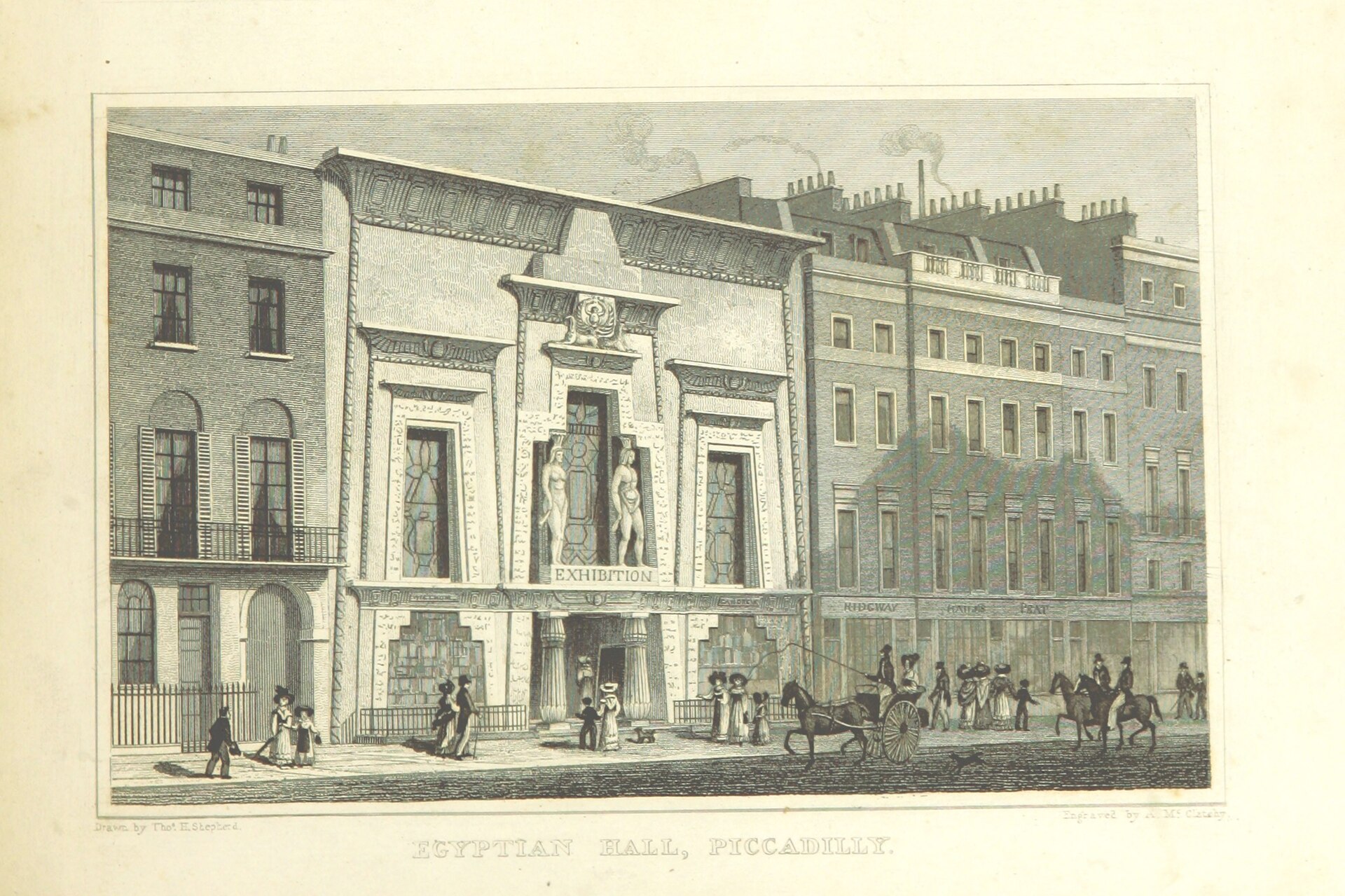
The Egyptian Hall in Piccadilly, London, was an exhibition hall built in the ancient Egyptian style in 1812, to the designs of Peter Frederick Robinson. The Hall was a considerable success, with exhibitions of artwork and of Napoleonic era relics. The hall was later used for popular entertainments and lectures, and developed an association with magic and spiritualism, becoming known as “England’s Home of Mystery”. In 1905, the building was demolished to make way for flats and offices.
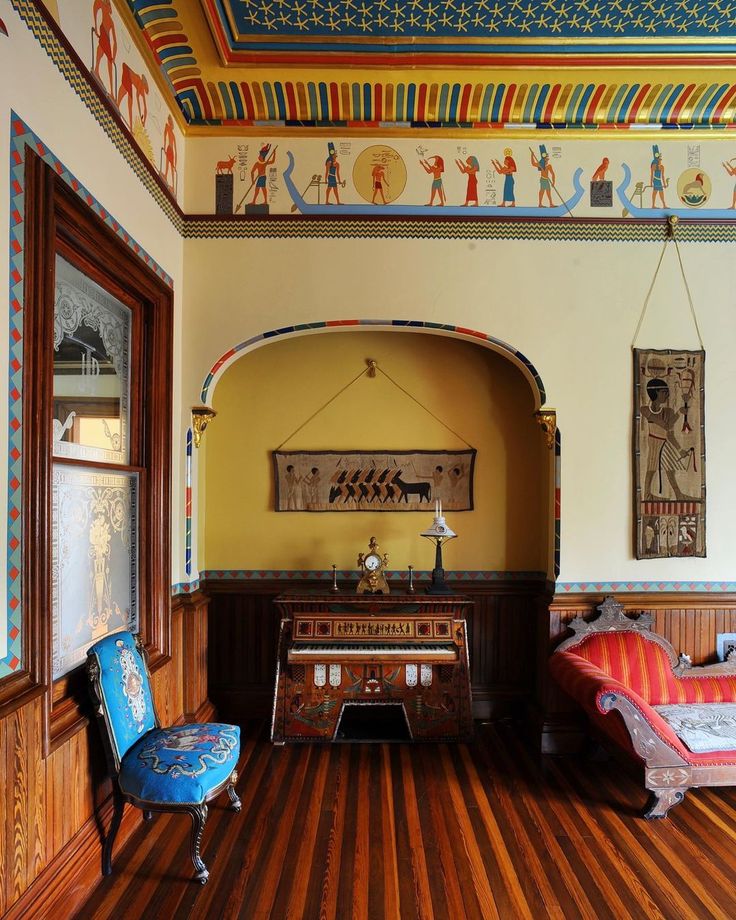 Egyptian Revival Room, The Armour-Stiner Octagon House, Irvington, NY
Egyptian Revival Room, The Armour-Stiner Octagon House, Irvington, NY
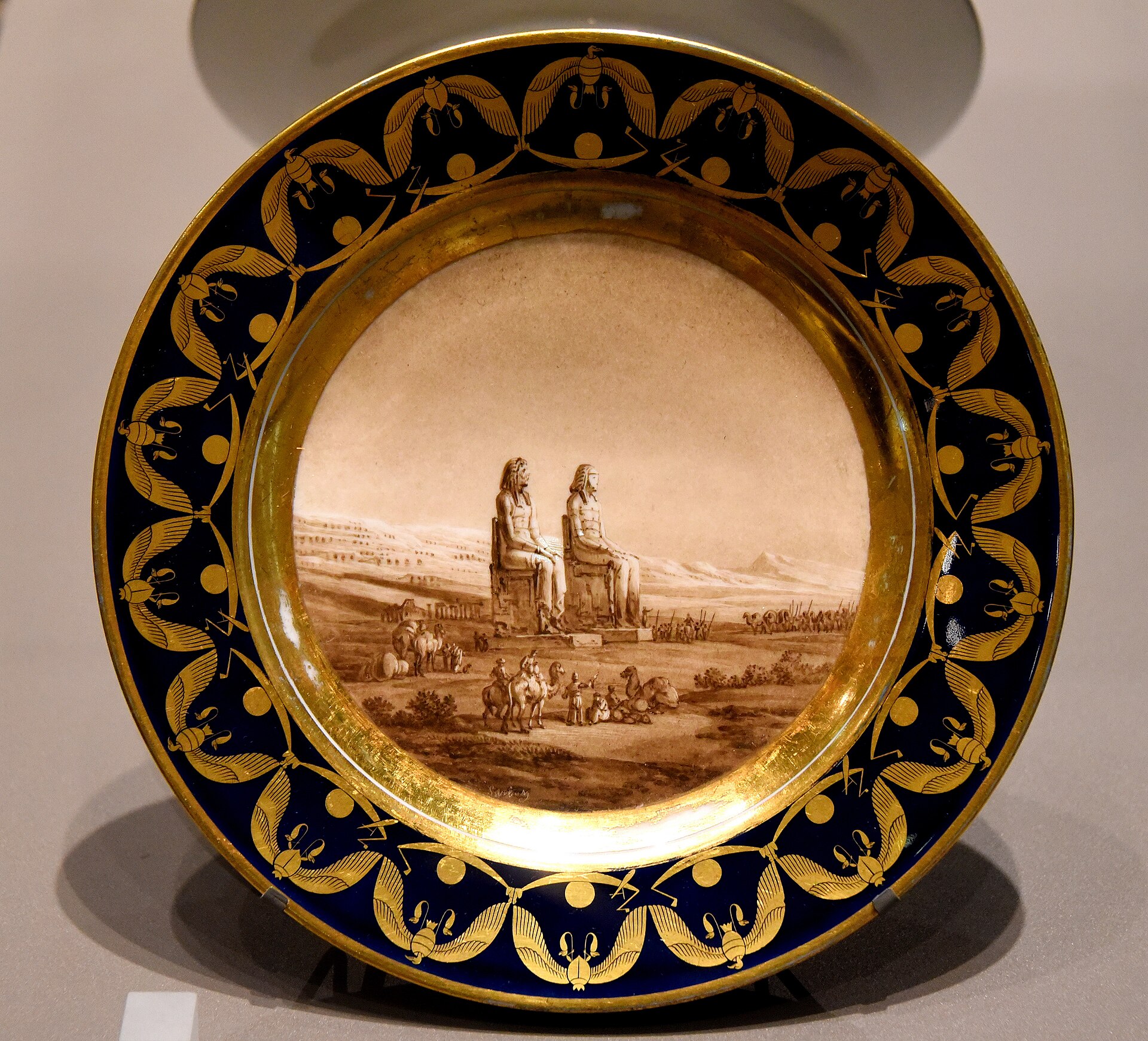
The Sèvres Egyptian Service is a name used for two sets of tableware made by the Manufacture nationale de Sèvres during the First French Empire. The first was produced between 1804 and 1806 for Napoleon I and was presented by him to Alexander I of Russia in 1808. It is now held in the State Museum of Ceramics in Russia.
The second set (which this plate belongs to) was produced between 1810 and 1812. It was intended as a gift from Napoleon to Empress Joséphine. The service depicted scenes from Egypt based on sketches made by Vivant Denon. Joséphine refused to accept the service, which she described as “too severe”. It was returned to the factory and given as a gift to the Duke of Wellington by Louis XVIII in 1818. The service was purchased by the Victoria and Albert Museum in 1979 and, except for one plate, was loaned to English Heritage to display at Apsley House, London, the former residence of the first duke.


Lovely stuff. I have been trying (via email) to contact the Antica Stamperia in Rome, near the Trevi Fountain. I read about this in an English newspaper. I have a gift from 20 years! ago, of paper notes & envelopes from this place in the article! I have been looking for years to order more. Could you kindly let me know if they are still in business? as they did not respond to my emails. Thank you.
I’m not sure but I do hope they are still open! I shall check next time I’m in Rome 🙂